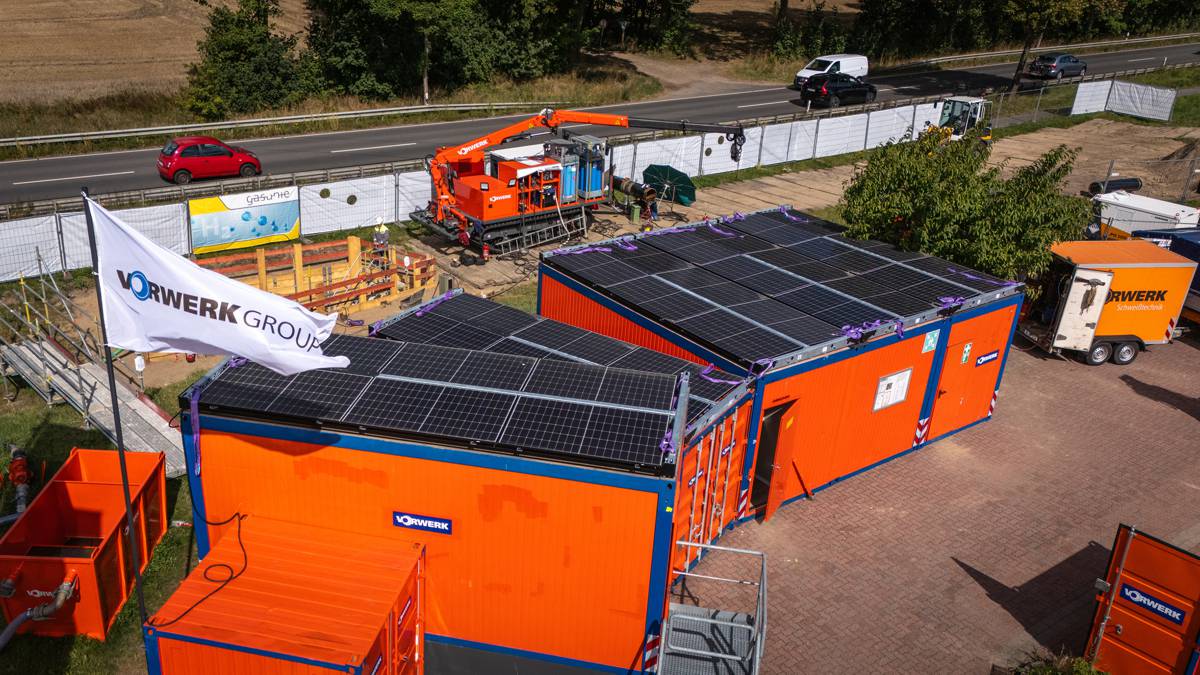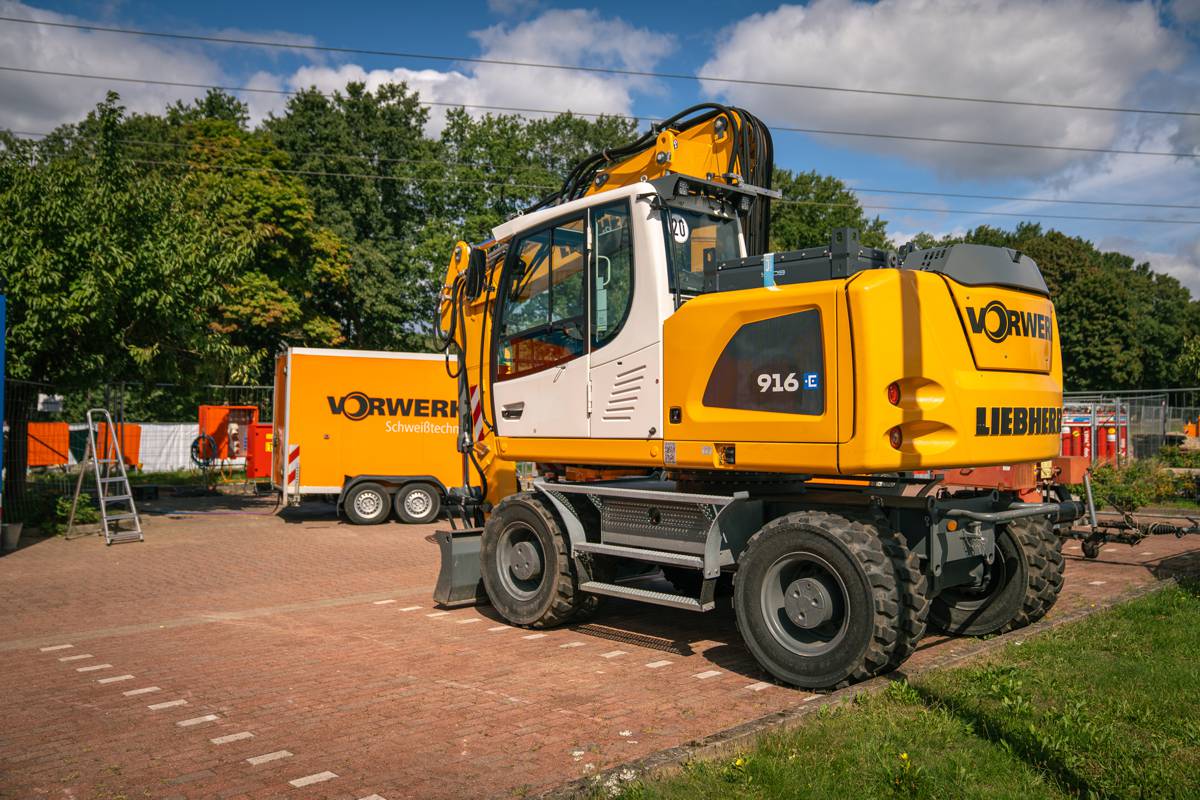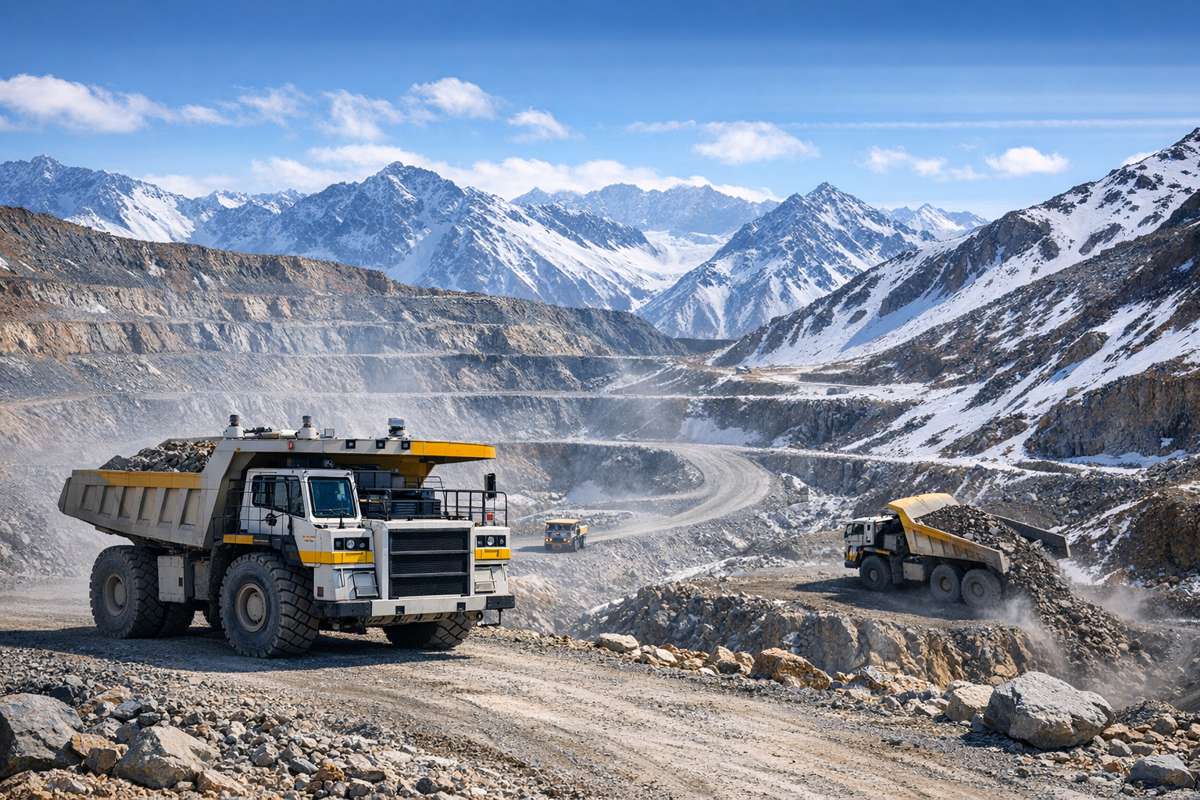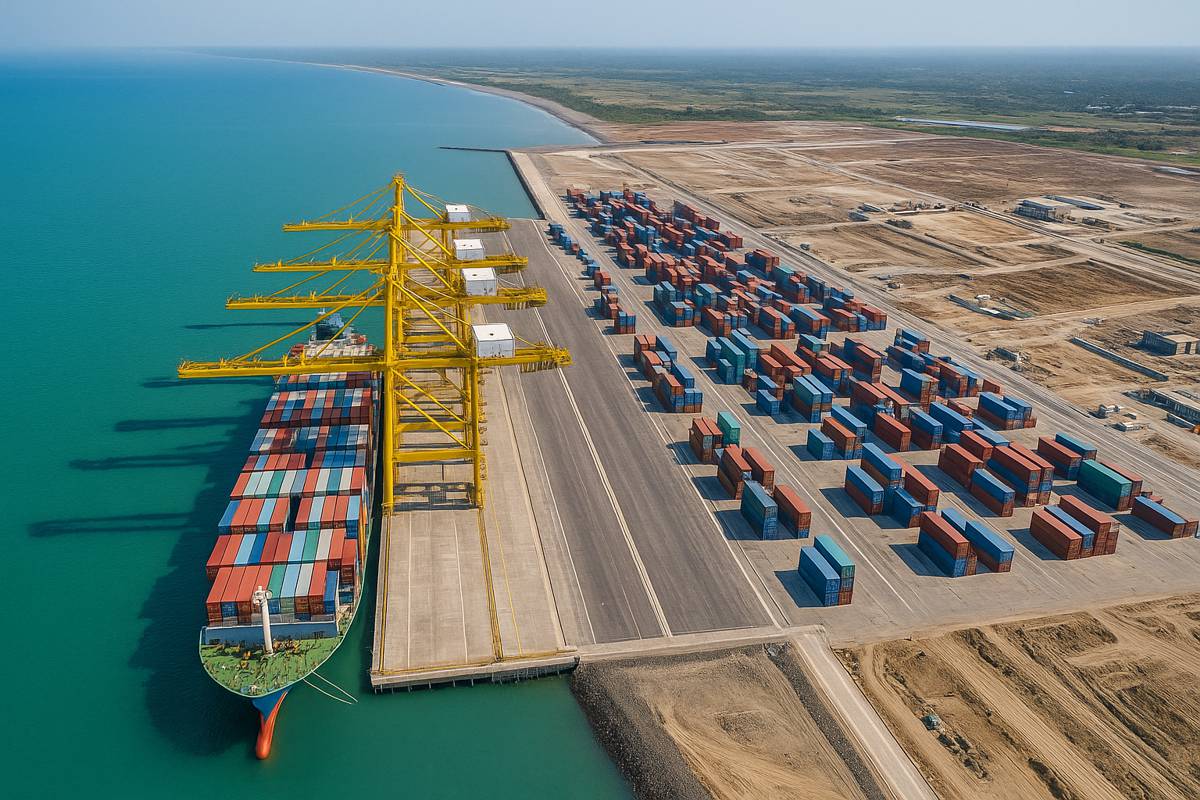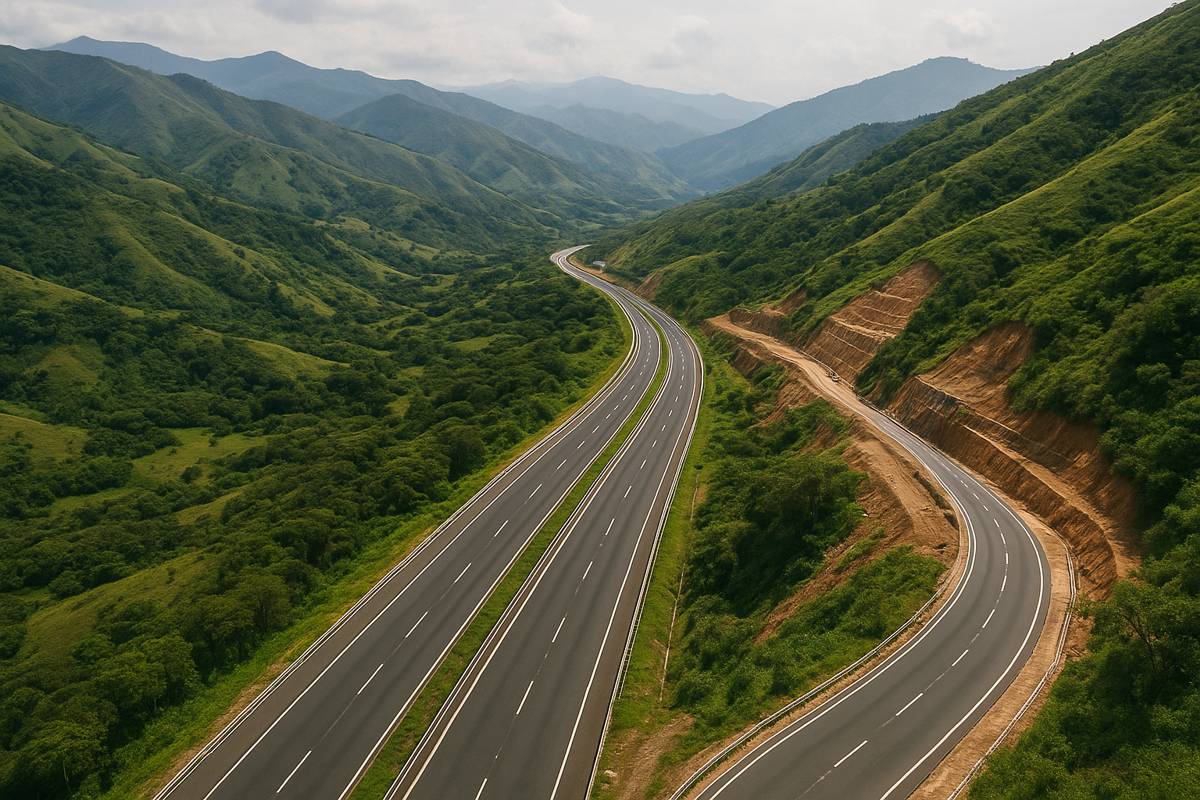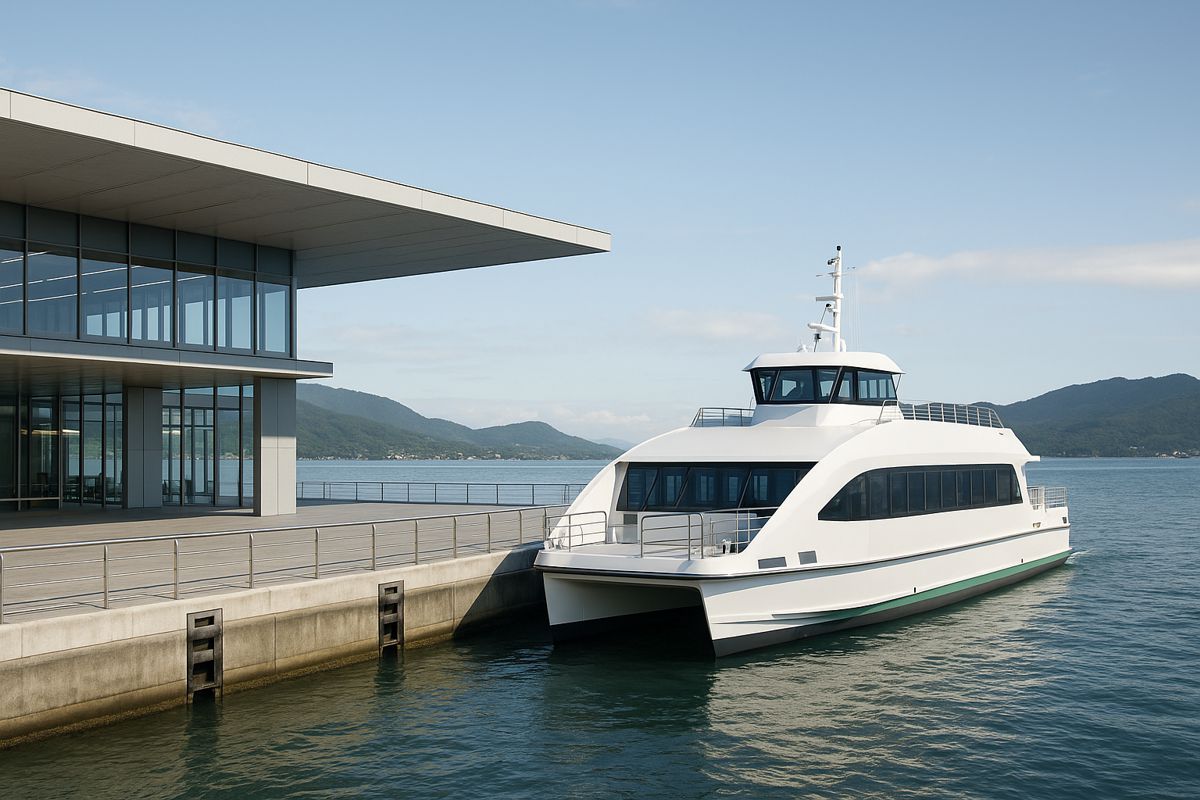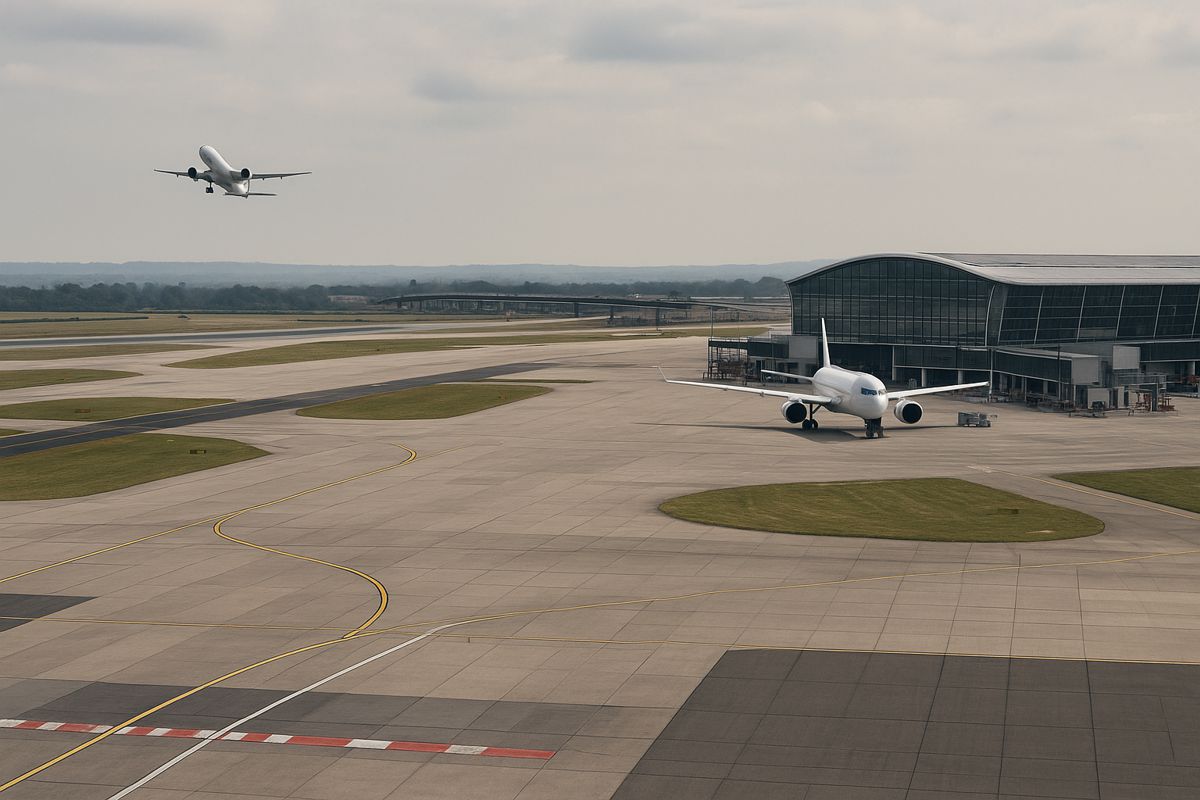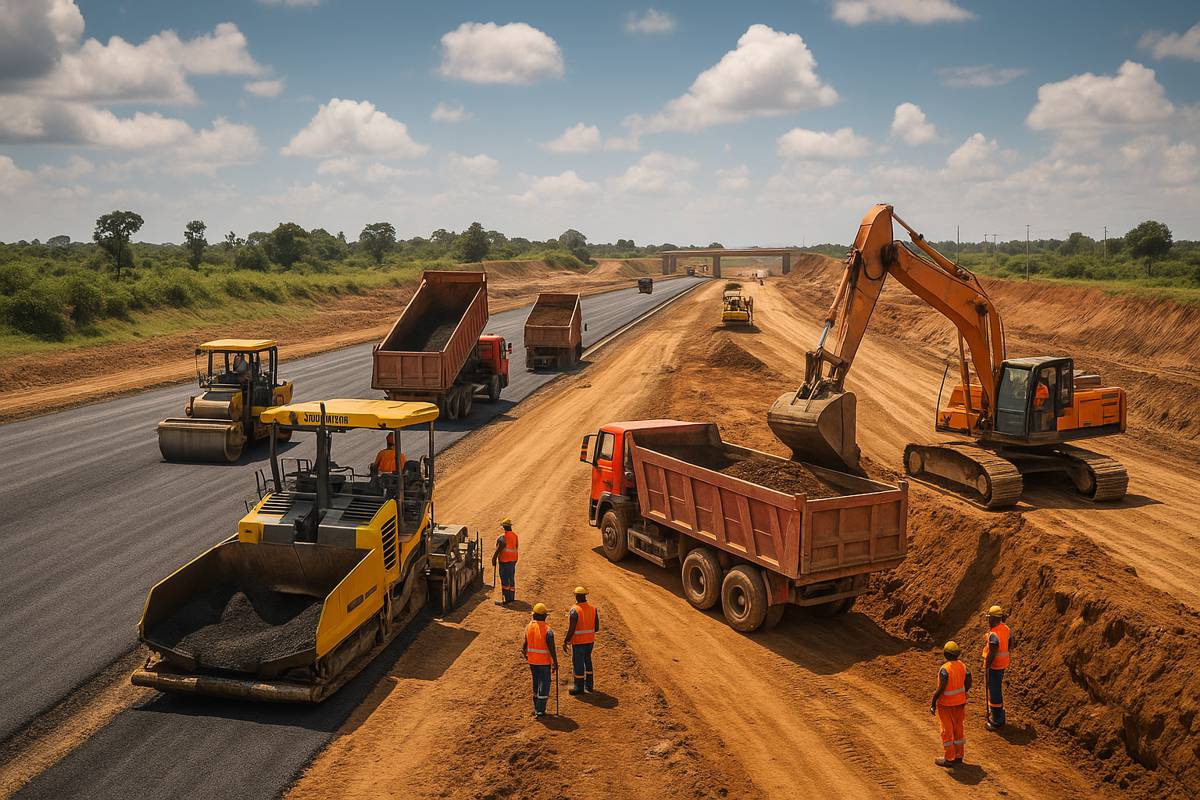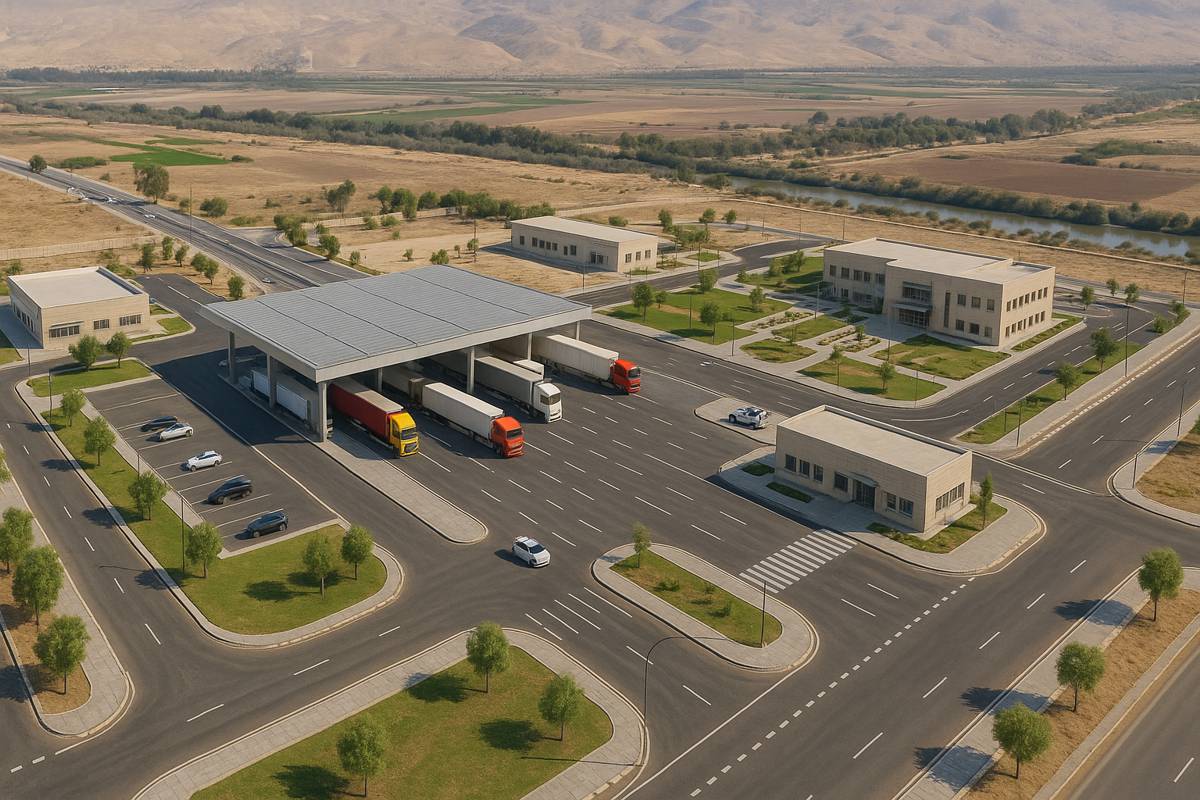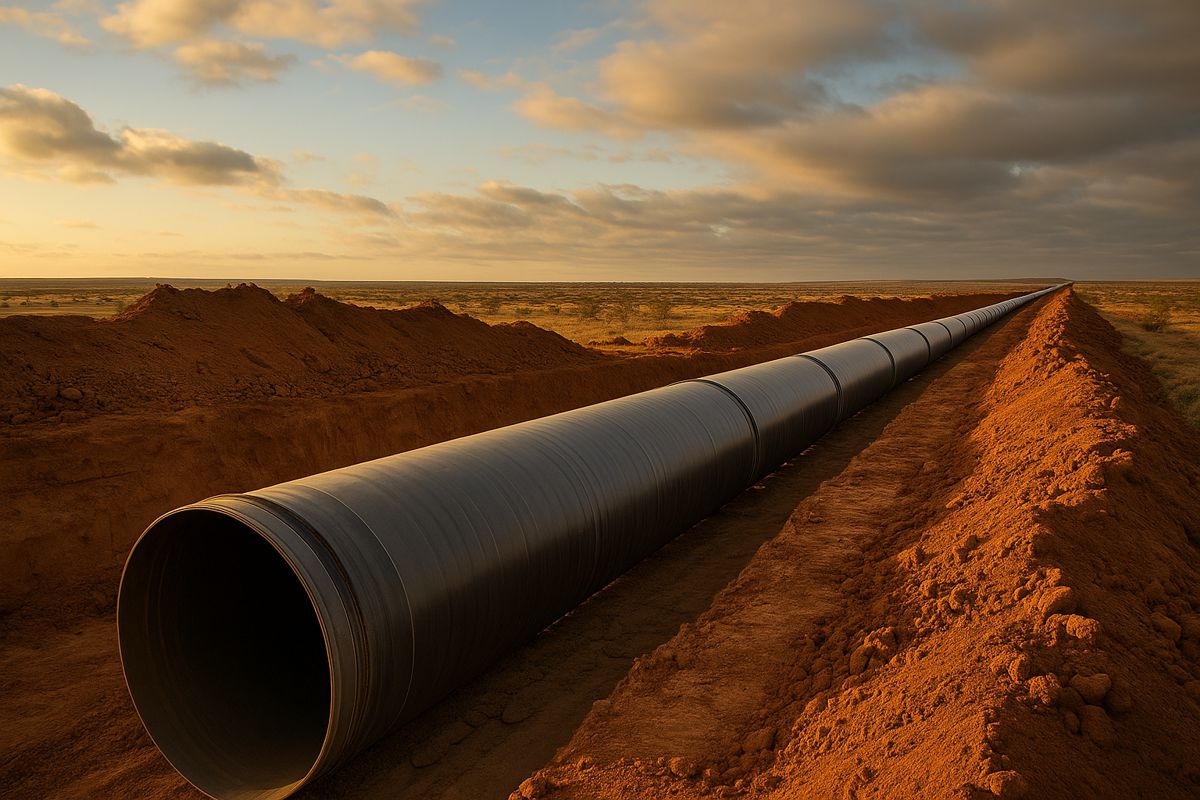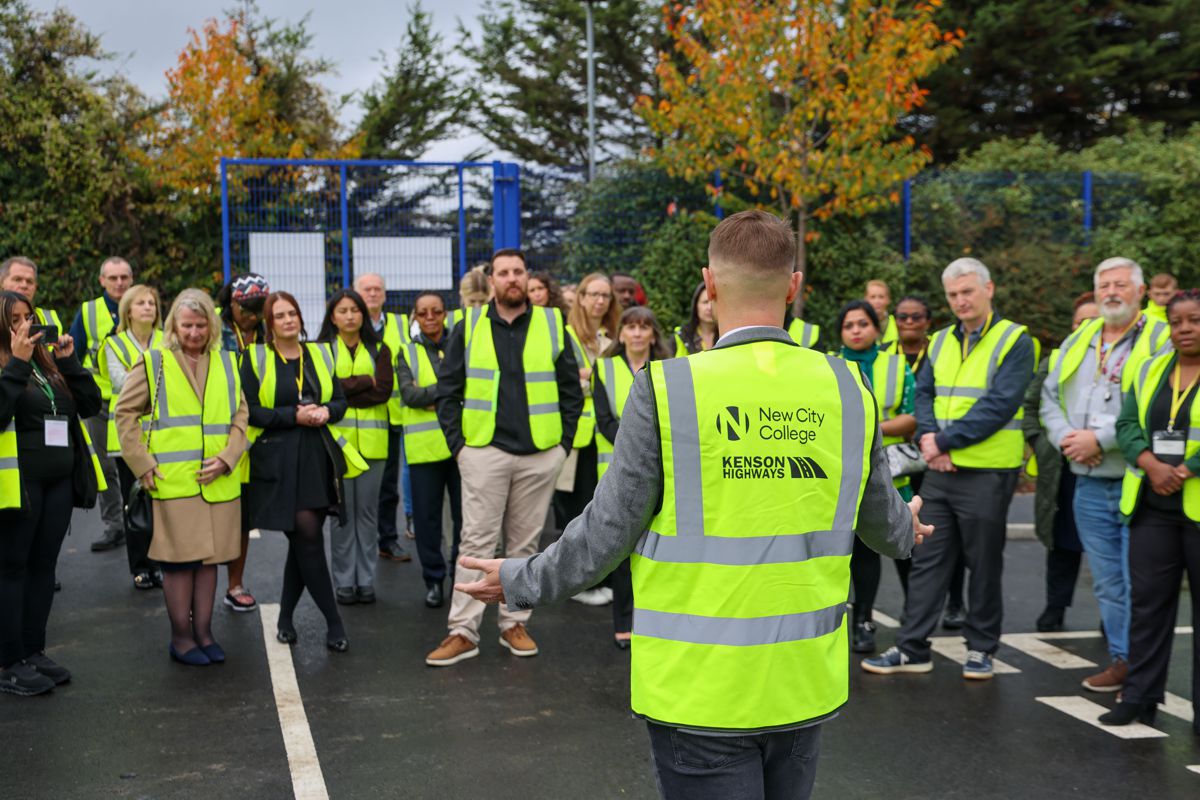Liebherr Powers Germany’s First Zero-emission Construction Site
In a quiet corner of Buchholz in der Nordheide, something extraordinary is taking shape. Germany’s first fully emission-free construction site is setting new benchmarks for sustainability, innovation, and collaboration.
At the heart of this pioneering project lies a partnership between Liebherr, Gasunie, and the FRIEDRICH VORWERK Group, each playing a critical role in shaping the future of hydrogen infrastructure and low-emission construction.
Building a hydrogen-powered future
The initiative, known as the Hyperlink project, is an ambitious effort to create a 1,000-kilometre hydrogen transport network connecting Germany, the Netherlands, and Denmark. Around 70 per cent of existing natural gas pipelines will be converted for hydrogen use, while new pipelines will be constructed to complete the network. This will enable the transfer of green hydrogen produced from renewable energy, particularly offshore wind, to key industrial regions such as Hamburg, Bremen, and the Ruhr area.
Gasunie, the project’s transmission system operator, is spearheading this large-scale hydrogen network, ensuring a secure and sustainable supply of clean energy to Europe’s heavy industries. Supporting the development is FRIEDRICH VORWERK, a leader in energy infrastructure construction, and Liebherr, whose electric machinery and energy storage technologies are powering the zero-emission site operations.
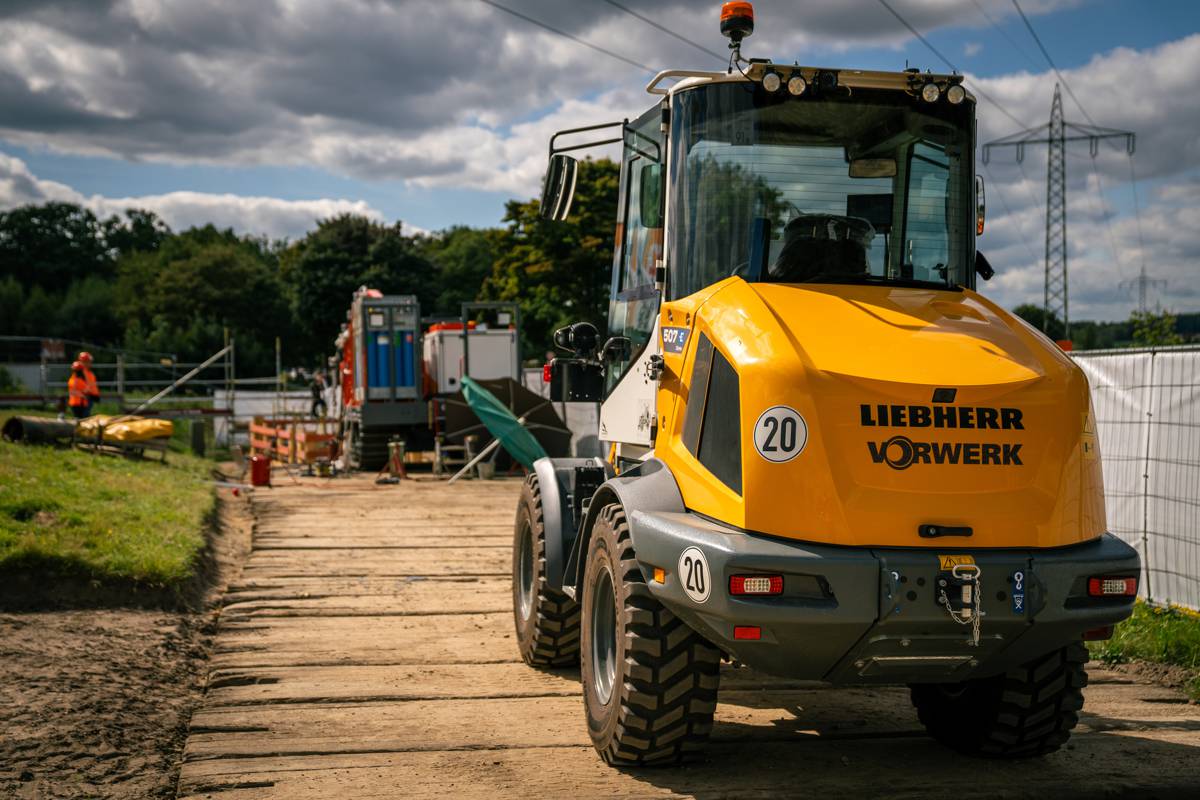
Liebherr’s electric machinery leads the charge
Central to the project are Liebherr’s battery-electric L 507 E wheel loader and A 916 E wheeled excavator. Both are performing heavy-duty tasks like digging, lifting, loading, and unloading, while producing zero local emissions. The L 507 E, Liebherr’s first electric wheel loader, delivers the same performance as its diesel counterparts but without noise or exhaust fumes. Its in-house developed battery system offers up to eight hours of runtime, with an optional dual-battery configuration that extends operation time. Charging is completed in as little as 1.5 hours, depending on the available power supply.
The A 916 E electric wheeled excavator complements its smaller sibling with a robust 260 kWh battery system distributed across four modules. This configuration enables up to nine hours of continuous operation. Despite the shift to battery power, performance remains uncompromised, matching the capability and versatility of conventional diesel models while dramatically reducing environmental impact.
Off-grid energy with hydrogen and battery storage
Powering this advanced machinery is Liebherr’s LPO 100 battery storage system, an off-grid powerhouse that ensures a consistent and efficient energy supply. It’s paired with a mobile hydrogen generator from e-power, refuelled with H₂ bundles supplied by Air Liquide. This combination delivers a stable and completely emission-free energy source for all site equipment and tools.
Solar panels from SunPlate provide additional renewable input, generating electricity for construction site offices and feeding surplus power into the LPO 100 battery system. This integration of hydrogen, battery, and solar power creates a fully self-sufficient, sustainable energy loop, one capable of cutting CO₂ emissions by 100 per cent compared to traditional diesel-driven sites.
Noise pollution has also been significantly reduced, creating a quieter, more comfortable environment for workers and nearby residents. The FRIEDRICH VORWERK construction team has demonstrated that even in remote areas with limited grid access, operations can remain efficient, thanks to the LPO 100’s ability to manage peak loads and maintain energy stability.
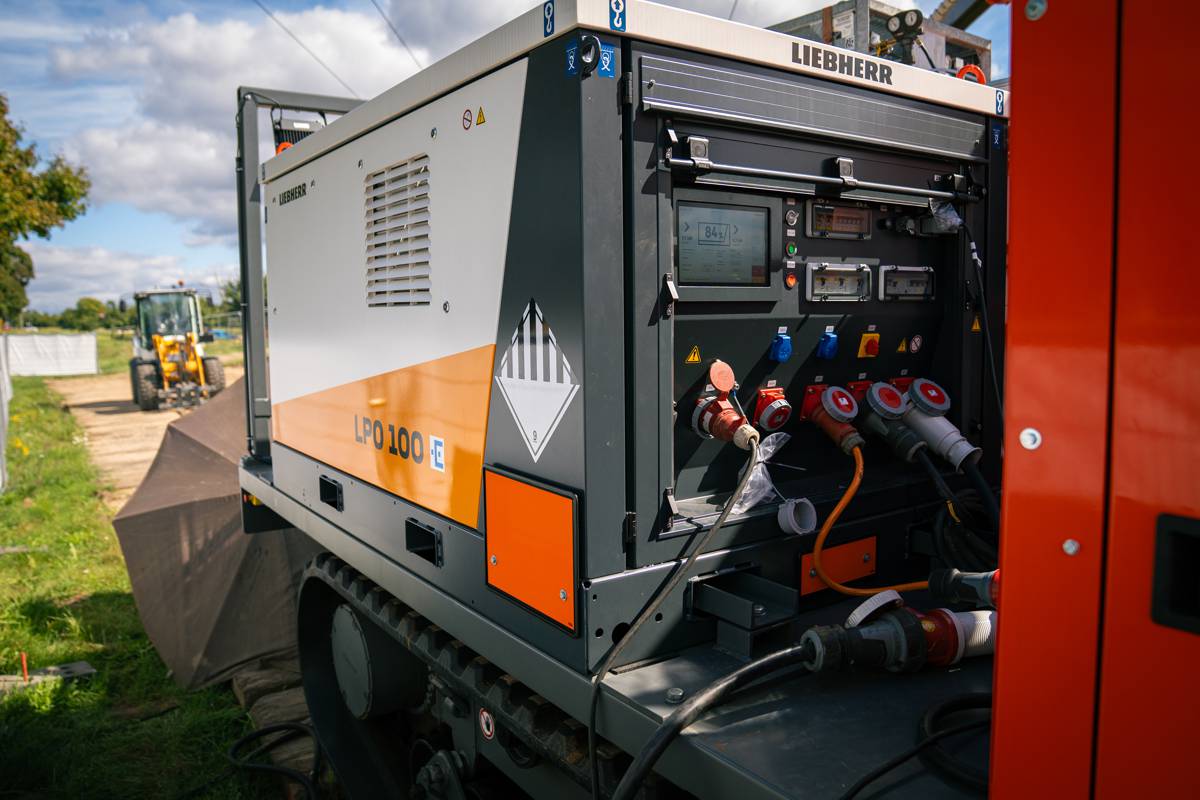
A model for emission-free construction
The Buchholz construction site is more than just an engineering milestone, it’s a blueprint for the future of sustainable infrastructure. The project shows how the integration of hydrogen fuel, battery systems, and electric machinery can work harmoniously to deliver climate-neutral construction without compromising performance or productivity.
Britta van Boven, Managing Director of Gasunie Deutschland, summed up the project’s importance: “Our first low-emission construction site is located in Buchholz in der Nordheide. As a strategic gas network operator, we are demonstrating that sustainability is important to us. Low-emission on the way to an emission-free hydrogen infrastructure, for me, this is a logical step.”
Liebherr’s contribution extends beyond supplying equipment, it’s about pushing the boundaries of what’s possible in the construction sector. Thomas Koll of Liebherr-Baumaschinen Vertriebs- und Service GmbH explained: “As a technology partner, we’re contributing our electric machines and energy storage solutions to help set new standards for sustainable site concepts alongside strong partners. At the same time, we’re gaining valuable insights to further develop our products.”
Torben Kleinfeldt, CEO of FRIEDRICH VORWERK, echoed this sentiment: “Liebherr is a key partner in our journey towards climate-neutral construction. Close collaboration was essential to the successful delivery of our zero-emission site operations.”
Collaborative innovation in action
The Hyperlink initiative underscores the power of partnership. The project is a collaboration between experts in energy infrastructure, engineering, and sustainable technology, each bringing their strengths to the table. Gasunie ensures the network’s technical and logistical backbone, FRIEDRICH VORWERK manages construction delivery, and Liebherr provides the machinery and power solutions that make emission-free operation a reality.
The project has also attracted political recognition. During a visit in mid-September, Lower Saxony’s Environment and Energy Minister, Christian Meyer, praised the initiative as a model for Germany’s energy transition. The synergy between renewable energy, advanced engineering, and emissions-free construction aligns perfectly with the country’s broader climate goals.
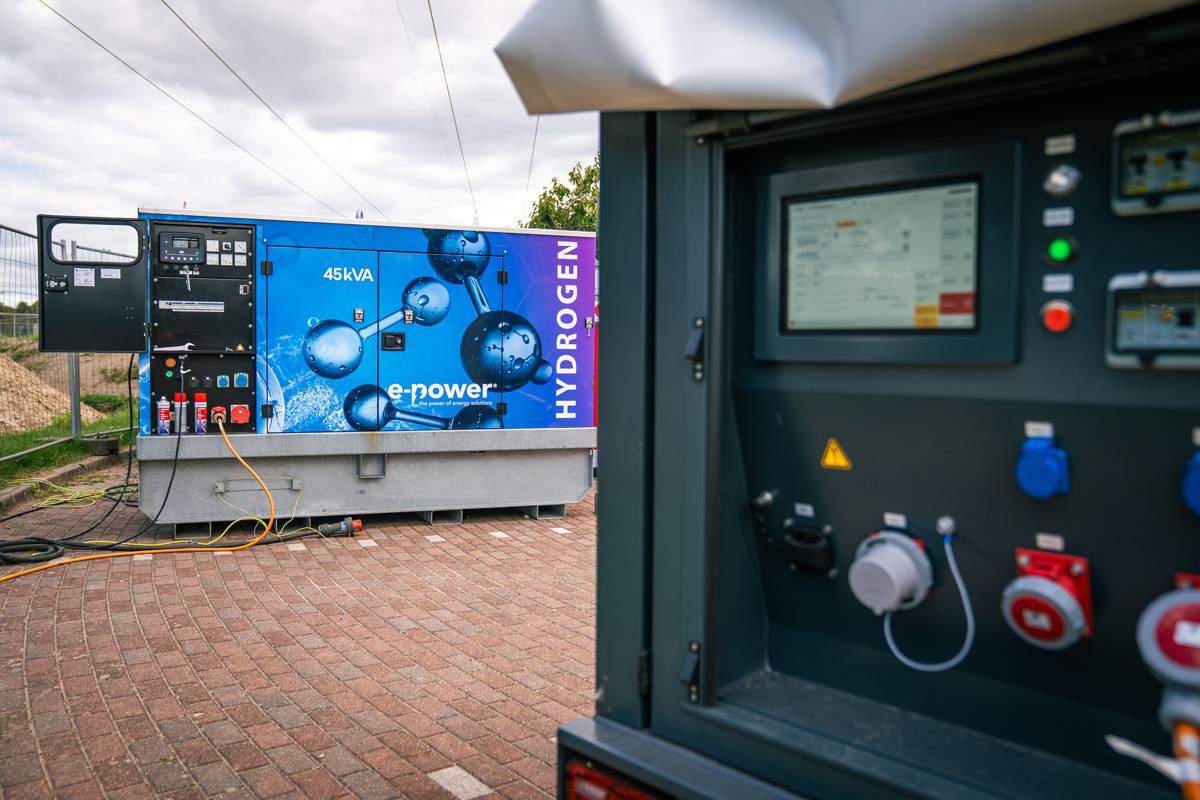
Driving the energy transition forward
Both FRIEDRICH VORWERK and Gasunie are playing vital roles in Europe’s transition to a cleaner energy system. FRIEDRICH VORWERK, with over 2,100 employees across 14 locations in Germany and Europe, has been a trusted name in pipeline and plant construction since 1962. Its projects span natural gas, electricity, and hydrogen infrastructure, supporting utilities, industries, and municipalities.
Meanwhile, Gasunie operates more than 17,000 kilometres of pipeline infrastructure across the Netherlands and Germany. It serves as a key energy hub for north-western Europe, ensuring security of supply while driving decarbonisation. The Hyperlink 1 and 2 segments of the hydrogen network are recognised as Important Projects of Common European Interest (IPCEI), receiving state funding from Lower Saxony, Bremen, and the German federal government.
Liebherr’s role in sustainable innovation
As one of the world’s largest manufacturers of construction machinery, Liebherr’s involvement in this project reflects its broader commitment to sustainability and innovation. The company’s L 507 E wheel loader and A 916 E excavator represent tangible progress in the shift towards fully electric job sites. These innovations stem from decades of research and development across Liebherr’s production sites in Austria and Switzerland.
Liebherr-Werk Bischofshofen GmbH, located in Austria’s Salzburger Land, is the hub for wheel loader production, continuously evolving its product line to include compact, stereo, medium, and large models. Meanwhile, Liebherr-Components AG and Liebherr-Component Technologies AG in Switzerland focus on high-performance electrical and hydraulic components used across industries, from construction and mining to wind power and aviation.
In 2024, the Liebherr Group, a family-owned business founded in 1949, employed over 50,000 people globally and achieved revenues exceeding €14 billion. The group’s mission remains unchanged: to deliver sophisticated, reliable solutions that advance technology while protecting the planet.
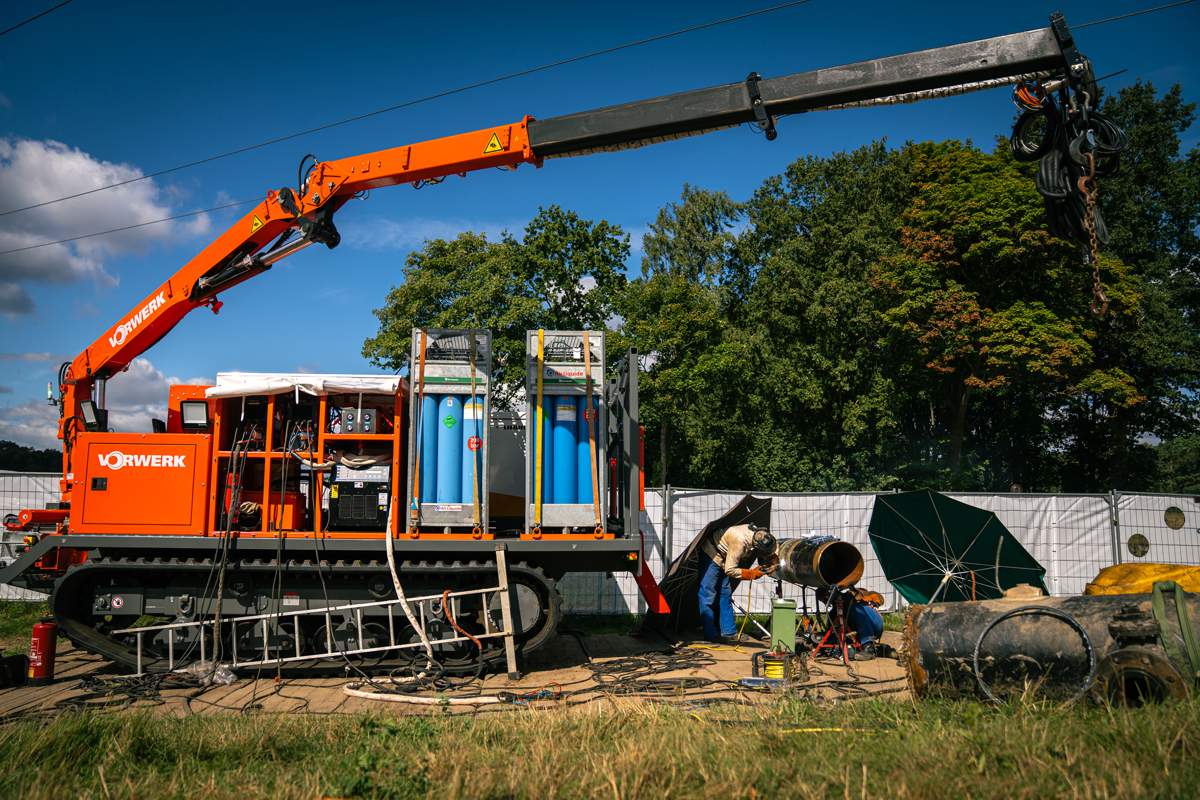
A sustainable vision for tomorrow
The zero-emission construction site in Buchholz stands as a symbol of what’s possible when innovation meets collaboration. It proves that decarbonised, off-grid construction is no longer a futuristic concept but a tangible reality.
With hydrogen, batteries, and solar power working in harmony, Liebherr and its partners are not only reducing emissions but redefining how infrastructure is built.
This pilot project serves as a blueprint for the industry, showing that sustainable construction can be both efficient and profitable, paving the way for cleaner, smarter, and quieter job sites worldwide.
